
When born head lice also known as nits, which be explained later, is the size of the head of a pin and when they are adults they grow to the size of a sesame seed. They have no wings and are a grayish brownish colour Nits cannot jump swim nor can they fly. They spread from person to person by climbing onto people when the hosts heads are close and touching one another which only takes less than half a minute to do. An unpleasant fact of the feeding process of a nit is they bite and then suck the host’s blood from the scalp. Some experts believe it takes approximately eight to ten days for head lice to develop into adults and this is when they can start to duplicate.
The sacs in which the eggs are laid in by the female louse are actually called nits, these are extremely well camouflaged and are glued down onto the hair stands in which they will hatch after a period of eight to ten days. Once the sacs are vacant they turn white in colour. Anyone who has hair on their head is a potential victim of head lice so why is it that children seem to have these crawling insects more so than adults? Well simply because they tend to have more head to head contact with each other. A survey was done in the United Kingdom and found out that twenty two percent of pupils aged between four and eleven had head lice. Another myth about head lice is that they are only attracted to clean hair. This is not true they will not discriminate against the length, style, colour or cleanliness of the hosts hair. The only known discrimination from head lice is towards animals.How to find head lice
You can find head lice by using a piece of equipment called a detection comb, which is basically a fine toothed comb. Most pharmacies will supply them. It can be done on wet or dry hair by simply combing through the hair from root to end and if you see lice or eggs then there you have it.
Itching of the scalp is one of the obvious signs of having head lice but the most common is visual detection by brushing the hair over a white piece of paper and/or looking at the roots and the scalp.Once detected you must make friends family and the school aware so they can begin the detection and treatment process. Then see your local pharmacist for a head lice treatment such as a shampoo.


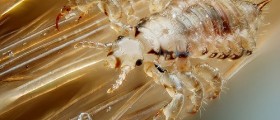
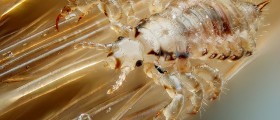
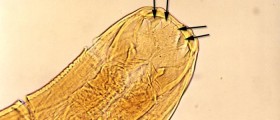
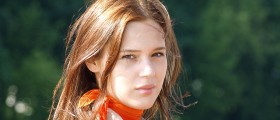

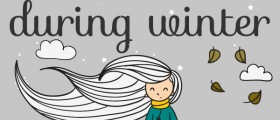

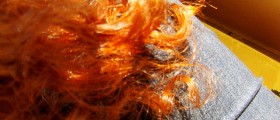
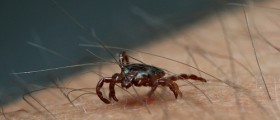
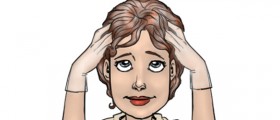
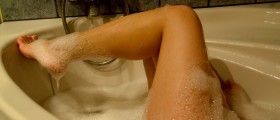
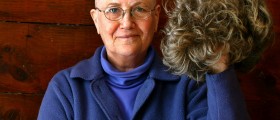


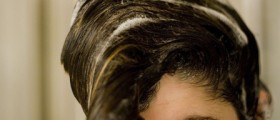
Your thoughts on this
Loading...